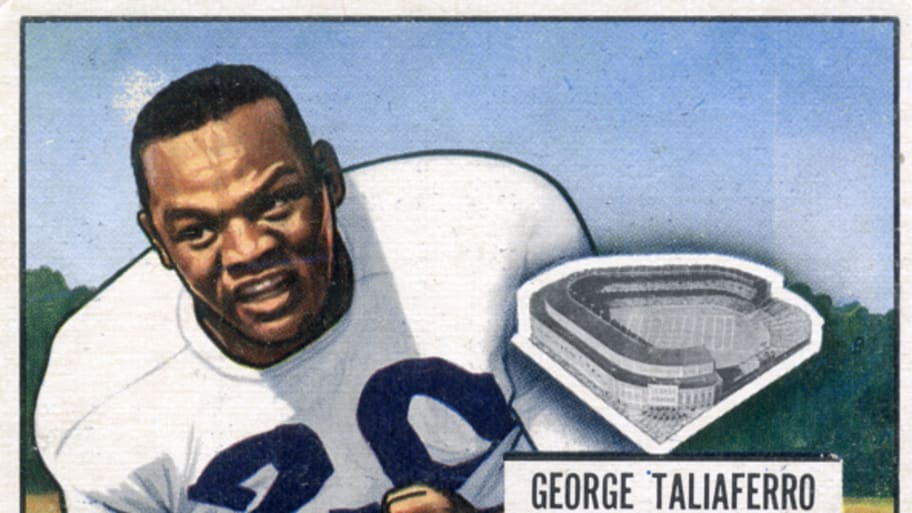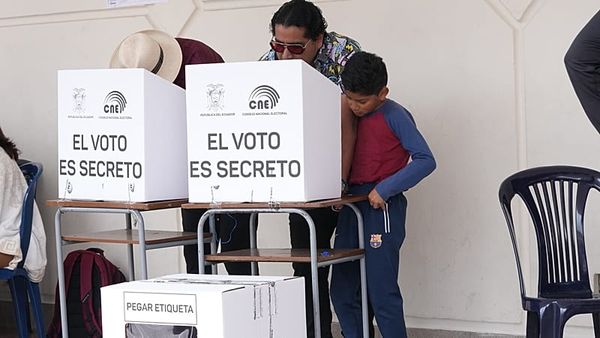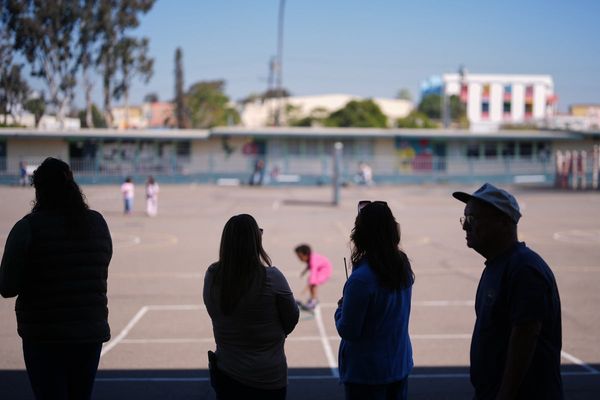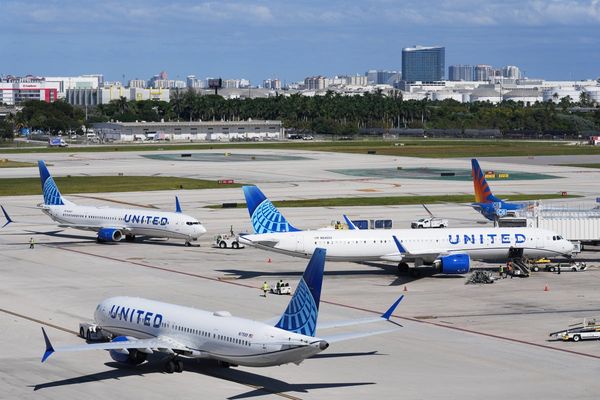
As Indiana has embarked upon a dream football season in 2025, analysts have showered the Hoosiers with praise over and over—with a catch.
For illustrative purposes, every commentator giving Indiana kudos for its success has felt compelled to point out how bad the Hoosiers have been historically. It's true—teams with higher winning percentages than Indiana as major colleges include, per College Football Reference, Florida Atlantic, Rice, Columbia, Temple and Richmond. Casual college sports fans who primarily know the Hoosiers for basketball may not realize the depth of their gridiron struggles.
However, it hasn't always been that way at Memorial Stadium. There was a year long ago when Indiana was one of the best teams in college football—a highly irregular season whose impact on college football is still being felt today.
Here is the story of the last time the Hoosiers played a football season without a loss.
What were the early days of Indiana football like?
Early football success for the Hoosiers came in fits and starts. In 1905, Indiana went 8-1-1 under James Sheldon, a former quarterback at Chicago under Hall of Fame coach Amos Alonzo Stagg. A 6-1 season followed in 1910; both of those years remain top-five seasons all-time for the Hoosiers by winning percentage.
Indiana went 5-2 in 1920—its best interwar season—but by that point Notre Dame's football fortunes were blotting out the rest of the state's (the Fighting Irish and halfback George Gipp beat the Hoosiers 13–10 that year). The basketball wins began to roll in, and the university's eyeballs turned toward the hardwood. Permanently.
But wait—a coach named Bo McMillin and a back named George Taliaferro had something to say about that arrangement.
Indiana’s undefeated 1945 season
In 1934, Indiana hired McMillin away from Kansas State. He was a big name—in 1919 and 1921, he'd made two All-America teams quarterbacking Centre College in Kentucky. McMillin gradually turned around the Hoosiers' fortunes—they went 7-3 in both 1942 and 1944. Then, ahead of the 1945 season, he landed the services of a gifted quarterback from Gary—Taliaferro.
Riding the deadly duo of Taliaferro and end Pete Pihos—and taking advantage of a sport still feeling the manpower defects of World War II—Indiana embarked on its only undefeated season in '45. Shrugging off a 7–7 September tie at Northwestern, the Hoosiers entered the first AP Poll of the season (then published in October) at No. 8. A victory over Tulsa (also enjoying productive war years) vaulted Indiana into the Top 5, and the 9-0-1 Hoosiers finished No. 4 after adding ranked wins over Minnesota and Purdue.
Accolades abounded after the season: McMillin became the first of four Indiana coaches named the AFCA's Coach of the Year, while end Bob Ravensberg made the All-America team. No player, however, made a greater impact in the near or long term than Taliaferro.
How did George Taliaferro break barriers for Indiana in 1945?
Black players had played and starred in the Big Ten before Taliaferro—offensive tackle Duke Slater, for instance, helped Iowa win national title acclaim in 1921. However, his success at a skill position stood out as egalitarian racial sentiment began to gather steam in the wake of World War II. He became the Big Ten's first Black rushing champion as a freshman in '45, and when the Bears took him 129th in the 1949, he became the first Black player to hear his name called in the NFL draft.
Despite his decorated career, high profile, and McMillin's unflinching support, life was difficult. “I felt like I didn’t belong here, because of the discrimination,” Taliaferro told WTIU-TV in Bloomington in 2013, a quote recalled by longtime Hoosiers writer Zach Osterman in a 2018 obituary for the Indianapolis Star. “And yet, lying in my bunk at night, I decided that being discriminated against because of my race was a small price to get a quality education, and I simply made up my mind that I could do that.” Taliaferro graduated in 1951 and later earned a master's at Howard.
Legacy of the undefeated season
After two more winning seasons, McMillin—still Indiana's second-winningest coach behind Bill Mallory—accepted a new challenge. The "Praying Colonel" concluded his coaching career with a four-year stint in the NFL, going 14-24 in three seasons with the Lions and one with the Eagles. Just 57, McMillin died of a heart attack in 1952.
The Hoosiers found sustained success elusive after that. John Pont, Lee Corso and Mallory all enjoyed productive years at one time or another and Pont took Indiana to the Rose Bowl in 1967, but none could replicate McMillin's consistency. In 2020, 75 years after '45, the Hoosiers flourished under Tom Allen amid another global crisis—but their COVID-19-pandemic-era success, too, proved a fleeting mirage. To replace Allen, Indiana hired plain-speaking Pennsylvanian Curt Cignetti away from James Madison. You know the rest of that story.
Taliaferro's impact, however, reverberated beyond the world of Hoosiers football. His stardom helped bring to an end the days of Midwestern institutions slow-playing integration, laying the groundwork for Michigan State coach Duffy Daughtery—an opportunistic progressive who defied Big Ten protocol to recruit Black talent—to change the Big Ten's demographic makeup forever. Taliaferro then took his game to the professional ranks, where he made three Pro Bowls in three years for three teams from 1951 to '53.
When he died, Taliaferro was one of the oldest living College Football Hall of Famers, a former administrator at Morgan State at Indiana, and a community pillar in Bloomington. Undefeated, indeed.
More College Football on Sports Illustrated
This article was originally published on www.si.com as Indiana Football: When Was the Hoosiers' Only Undefeated Season?.







